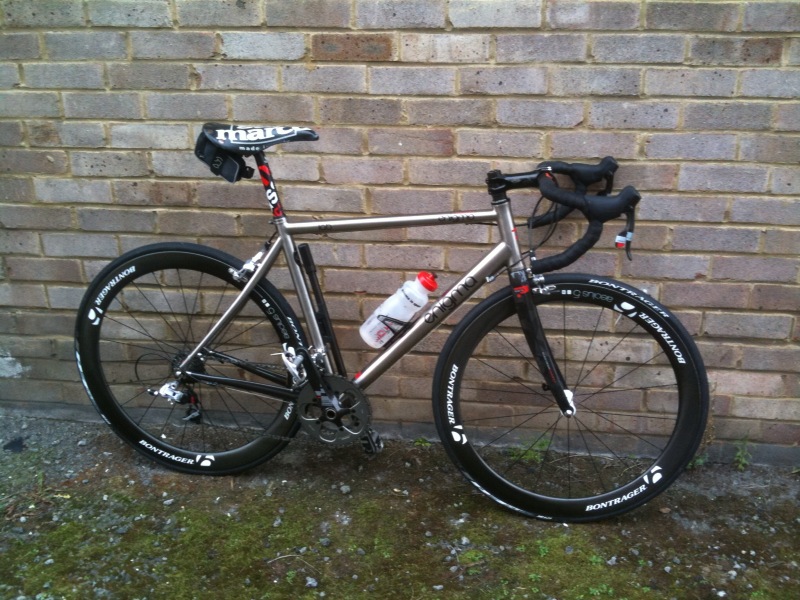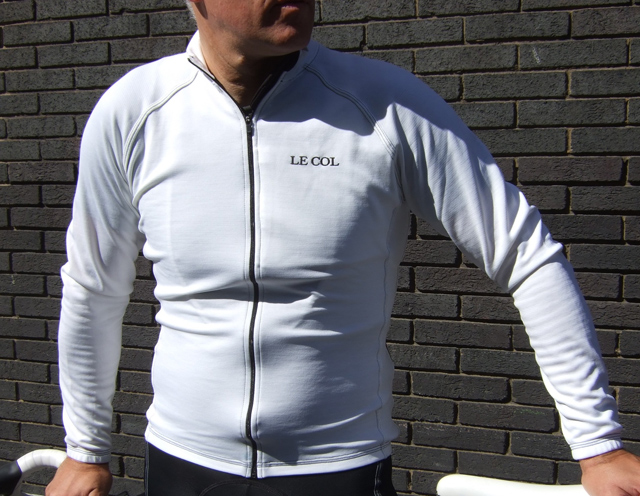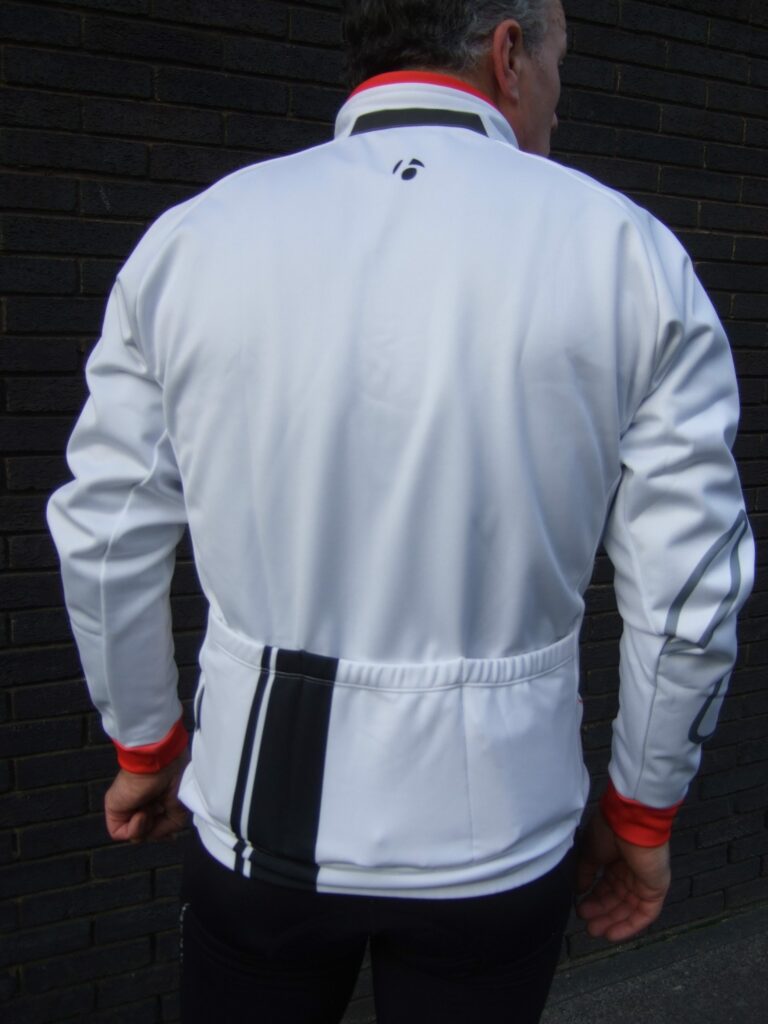
It was a blowy old day yesterday. Unfortunately for me, the blowiness came from the direction that coincides with mine on my way out of the conurbation; I ended up with a three-mile climb – albeit gentle – into the wind just to get clear of it. This was then followed by a further 15 miles into it while following my regular two-hour route, which turns at the pleasant Surrey village of Newdigate. And even on the way home I seemed unable to shake off the wind, which never once blew from behind and which took a seemingly malevolent delight in appearing from behind buildings as I passed them.
The many other cyclists I saw out and about appeared similarly afflicted by the vagaries of the wind. I say similarly because I was trying out a pair of wheels sporting the latest in rim aerodynamics. The increasing use of Computational Fluid Dynamics analysis to investigate airflow has led to a new generation of rim shapes from the leading manufacturers. All claim to make the fastest wheels, which is fair enough and only to be expected. Looking at the various graphs of drag versus yaw provided by their makers, it is likely that the differences are small.
What are not small, going by the same graphs, are the differences between the new-generation wheels and even the best of the older rim designs, let along plain old box-section jobs. Going by the relative ease with which I attained the heights of Banstead, the speed I reached on the descent of Pebblecombe Hill and the aplomb with which I sped past several wind-battered cyclists on the road between the two, I’d say there’s something in these claims. If they stand up to further examination, windy days may never hold the same fears again. But it could just be because this was my first ride since climbing off the world’s least aerodynamic lightweight road bike, eh? That’s the Boardman CX Pro with 28mm tyres, if anyone’s wondering.





